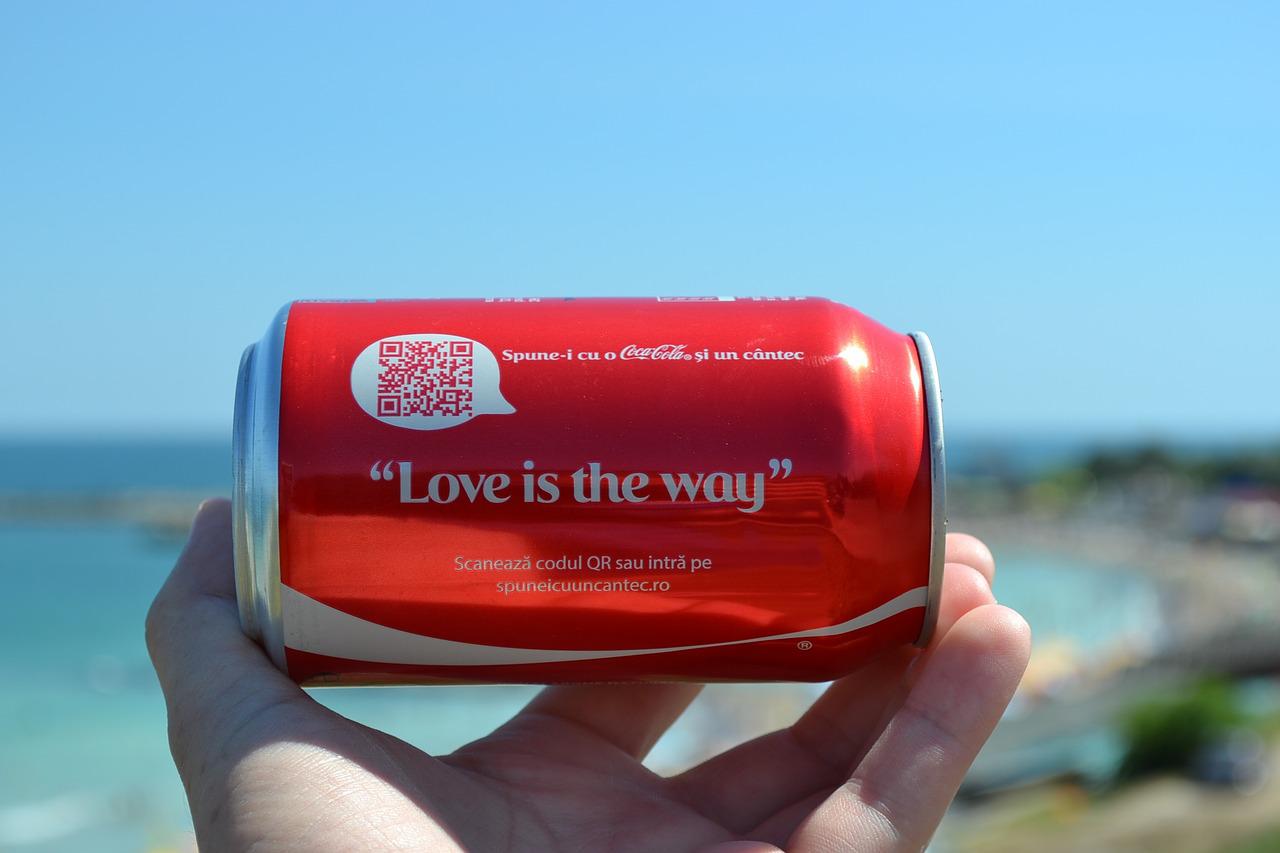In this article, you’ll learn what is branded content and the reasons why it is important for your business. But first, let’s think for a few seconds about a brand… What’s in a brand? Would a rose with any other logo, font, slogan, and characteristic brand voice smell as sweet?
About Your Brand
Your brand is incredibly important to the success of your business. Technically, it’s the profit that keeps your eCommerce site afloat, but there would be no profit if there were no sales, and there would be no sales if there wasn’t quality content.
Sure, your ads help, but your content is what keeps your brand name and identity fresh in the minds of consumers around the world.
Don’t believe us? Think about a Coca-Cola beverage. You immediately thought of their logo, their advertisements, maybe even a polar bear or two popped into your mind.
Now think of your local grocery store brand cola. Are you even completely sure what’s on the logo?
Branded content won’t specifically sell your product to millions of people all at once, but it can bring plenty of attention to your brand, which is a good way to start making those sales. Let’s learn what branded content is, and why you should adopt it for your eCommerce website.
What Is Branded Content?
Branded content has nothing to do with your products or services. Seriously. Rather than focusing on placing products in front of viewers’ faces, branded content adds awareness to your brand voice and values.
Branded content is that which is probably tangentially related to what you actually sell, but completely relevant to your brand message. Coca-Cola doesn’t actually sell polar bears, but they use these majestic animated creatures to tell heartwarming stories of love, sharing, and acceptance, which are key values of the brand.
Therefore, branded content is that which appeals to viewer emotions, and generally uses storytelling to share brand values with the audience. That doesn’t mean that just anything will fly: there needs to be some sort of value in the content you share. Entertaining your audience provides value. Informing and educating viewers is another way to offer value with your branded content. You want people to fully engage in this content and not regret their decision to spend a few minutes absorbed in your brand.
So what kind of content can you brand? All of it:
- Videos
- Photo slideshows
- Podcasts
- Cartoons
- Events
- Apps
- Social media collaboration
Whether visual, audio, or text, you can provide a full range of branded content over multiple channels, as long as it all adequately represents your brand’s voice.
The Importance of Your Brand
Take a moment to think of some of the hottest brands in the world right now:
- Coke
- Tesla
- Starbucks
- Taco Bell
Each of these brands has a very distinct voice and set of values (what are your values? Learn more here). You see a specific type of advertising content, and you immediately recognize the brand that created it.
So what does your brand stand for? To some business owners, brand is an afterthought. You’ve spent years developing your strategy, working on funding, and scoping out products, so the branding part sometimes falls to the side.
But without a strong brand, how do you expect your customers to recognize your product?
Your logo, slogan, site, social media, values, voice, and absolutely your content all help differentiate your business from others in your niche.
Before you get started brainstorming what kind of content will best reflect your brand, you have to be aware of what your brand stands for, and what values your audience appreciates most. This will help you understand not only what channels to choose for your content, but what type of content best connects with your audience.
Creating Your Own Branded Content
Adding branded content to your marketing plan isn’t difficult, but keep in mind that branded content is still content.
That means you need to provide your audience with something they’ll enjoy. Skip the sales pitch, and focus instead on telling viewers a story that will have meaning to someone who values your brand.
The goal of branded content is to give viewers something they will relate to emotionally. That can range from adrenaline-soaked extreme sports videos to tear-stained touching family stories, and anywhere in between… as long as they provide value to the audience.
Leveraging Emotions
In order to create a life-long partnership with your customers, you need to establish an emotional bond. Branded content can elicit this type of response; however, your audience also needs to care. You’ll need to be certain your content grabs their attention and holds it, with subject matter that is relatable or inspirational and a message that has meaning.
You don’t need to collaborate with David Lynch on a feature film in order to create successful branded content (although that would be very impressive). Instead, try to give anyone who interacts with the content the opportunity to share a brief, positive, emotional moment with your brand.
Do your research.
- What are some of the valuable messages and stories in your niche?
- What types of situations do your current audience relate to?
Your branded content has the potential to go viral; therefore, you need to make sure you appeal to a broad audience.
Take Coca-Cola’s content again as an example. Words like “smile”, “contentment”, “sharing”, and “happiness” are associated with the brand. Whether someone enjoys soda or not, they can appreciate the message contained in Coca-Cola’s branded content. It makes viewers feel cheerful for a moment, which is the overall value.
Benefit
Another benefit of branded content is that viewers will actively seek out more of it. Therefore, remain consistent with both the branding and content. If you choose to introduce characters, give them personalities, backgrounds, and storylines that viewers can follow and relate to. Don’t overwhelm your audience with too much content at once, but don’t leave them hanging for months at a time, either.
Your brand is what makes your business unique, and what sets you apart from your competitors. Adopt branded content into your marketing strategy to provide a constant connection between your brand and your audience to encourage loyalty and interaction.
After all, the more engaged your audience is with your brand, the more likely they will be to become a life-long customer!









